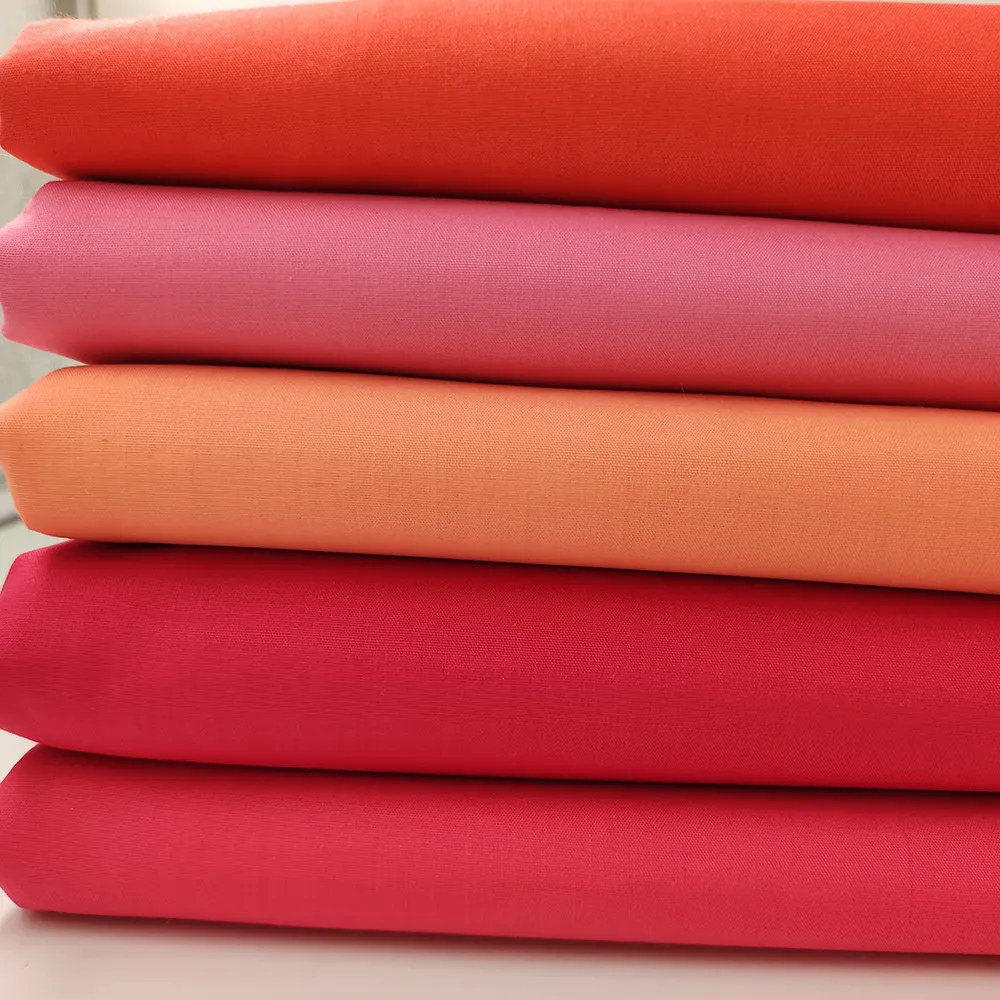
- Afrikaans
- Albanian
- Amharic
- Arabic
- Armenian
- Azerbaijani
- Basque
- Belarusian
- Bengali
- Bosnian
- Bulgarian
- Catalan
- Cebuano
- Corsican
- Croatian
- Czech
- Danish
- Dutch
- English
- Esperanto
- Estonian
- Finnish
- French
- Frisian
- Galician
- Georgian
- German
- Greek
- Gujarati
- haitian_creole
- hausa
- hawaiian
- Hebrew
- Hindi
- Miao
- Hungarian
- Icelandic
- igbo
- Indonesian
- irish
- Italian
- Japanese
- Javanese
- Kannada
- kazakh
- Khmer
- Rwandese
- Korean
- Kurdish
- Kyrgyz
- Lao
- Latin
- Latvian
- Lithuanian
- Luxembourgish
- Macedonian
- Malgashi
- Malay
- Malayalam
- Maltese
- Maori
- Marathi
- Mongolian
- Myanmar
- Nepali
- Norwegian
- Norwegian
- Occitan
- Pashto
- Persian
- Polish
- Portuguese
- Punjabi
- Romanian
- Russian
- Samoan
- scottish-gaelic
- Serbian
- Sesotho
- Shona
- Sindhi
- Sinhala
- Slovak
- Slovenian
- Somali
- Spanish
- Sundanese
- Swahili
- Swedish
- Tagalog
- Tajik
- Tamil
- Tatar
- Telugu
- Thai
- Turkish
- Turkmen
- Ukrainian
- Urdu
- Uighur
- Uzbek
- Vietnamese
- Welsh
- Bantu
- Yiddish
- Yoruba
- Zulu
Jan . 21, 2025 05:22
Back to list
Cvc Printed Flannel Fabric 120gsm For Iraq Market.
Hemp fabric is rapidly gaining popularity in the world of sustainable textiles, celebrated for its incredible properties that marry durability with eco-friendliness. As an expert in textile materials with over a decade of experience in sustainable fashion, I have witnessed firsthand the transformative potential of hemp fabric on both the fashion industry and the environment.
From a manufacturing perspective, adopting hemp fabric aligns with growing consumer demand for ethical production processes and transparency. Brands integrating hemp into their product line can boldly promote their commitment to sustainable practices, enhancing brand reputation and loyalty among environmentally conscious consumers. This credibility is not only a moral victory but also a competitive edge in the market. While hemp fabric offers immense potential, it’s not without challenges. The texture of hemp may initially feel coarse compared to traditional cotton, which can spark hesitance among consumers unaccustomed to its feel. However, as I have witnessed, continued advancements in textile processing are making softer hemp fabrics possible without compromising on their inherent durability. Educating consumers about the benefits of hemp fabric also plays a crucial role in fostering acceptance and demand. Consumers informed about its environmental benefits and practical advantages are more likely to make informed purchases. Thus, brands should prioritize clear, honest communication on how hemp contributes to sustainability goals. Trustworthiness in hemp fabric’s production is further solidified through certified organic labels, assuring consumers that the fabric meets rigorous environmental and quality standards. Brands offering transparency in their supply chain processes will thrive in building enduring trust and authority in the eco-conscious market segment. In summary, hemp fabric represents a confluence of strength, sustainability, and versatility that few other textiles can match. As the fashion industry continues its shift toward more sustainable practices, hemp fabric is positioned not just as an alternative but as a front runner in the race for an ethical and enduring future in textiles. Businesses and consumers alike stand to benefit from embracing hemp, creating a ripple effect of positive environmental and economic impact.


From a manufacturing perspective, adopting hemp fabric aligns with growing consumer demand for ethical production processes and transparency. Brands integrating hemp into their product line can boldly promote their commitment to sustainable practices, enhancing brand reputation and loyalty among environmentally conscious consumers. This credibility is not only a moral victory but also a competitive edge in the market. While hemp fabric offers immense potential, it’s not without challenges. The texture of hemp may initially feel coarse compared to traditional cotton, which can spark hesitance among consumers unaccustomed to its feel. However, as I have witnessed, continued advancements in textile processing are making softer hemp fabrics possible without compromising on their inherent durability. Educating consumers about the benefits of hemp fabric also plays a crucial role in fostering acceptance and demand. Consumers informed about its environmental benefits and practical advantages are more likely to make informed purchases. Thus, brands should prioritize clear, honest communication on how hemp contributes to sustainability goals. Trustworthiness in hemp fabric’s production is further solidified through certified organic labels, assuring consumers that the fabric meets rigorous environmental and quality standards. Brands offering transparency in their supply chain processes will thrive in building enduring trust and authority in the eco-conscious market segment. In summary, hemp fabric represents a confluence of strength, sustainability, and versatility that few other textiles can match. As the fashion industry continues its shift toward more sustainable practices, hemp fabric is positioned not just as an alternative but as a front runner in the race for an ethical and enduring future in textiles. Businesses and consumers alike stand to benefit from embracing hemp, creating a ripple effect of positive environmental and economic impact.
Latest news
-
The Versatility and Elegance of White Cotton Poplin FabricNewsJun.23,2025
-
The Luxurious Comfort of Carded CottonNewsJun.23,2025
-
Explore the Luxurious Comfort of Cotton Flannel ClothNewsJun.23,2025
-
Discover the Versatility of Cotton Poplin ClothNewsJun.23,2025
-
Bleach Cotton FabricNewsJun.23,2025
-
100 Cotton BlendNewsJun.23,2025
-
Versatile Elegance with Poplin Fabric for SaleNewsMay.15,2025
